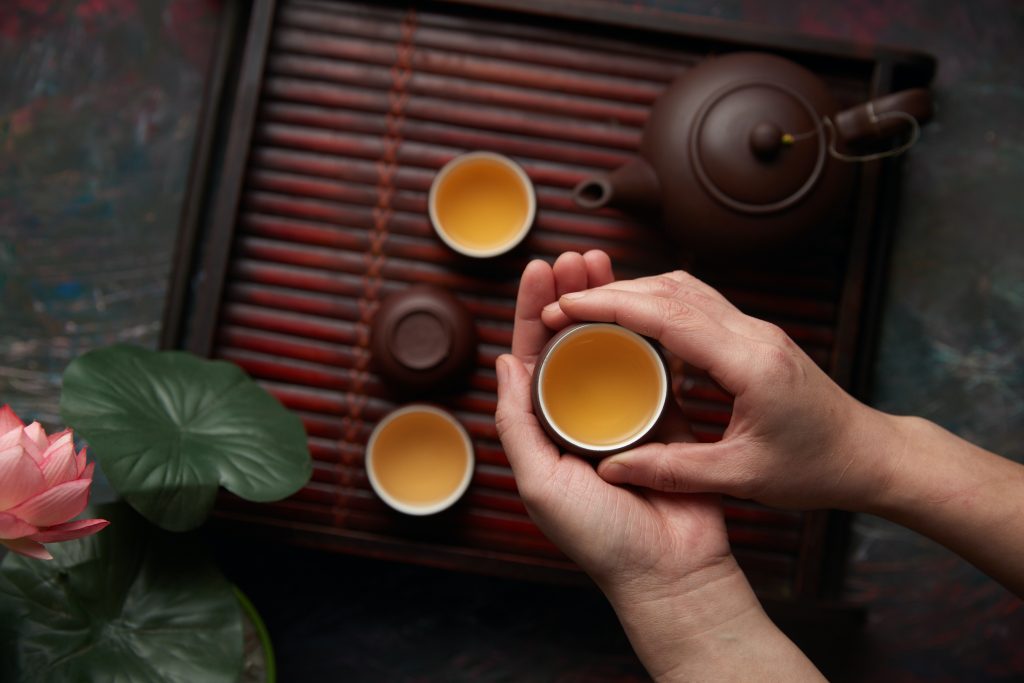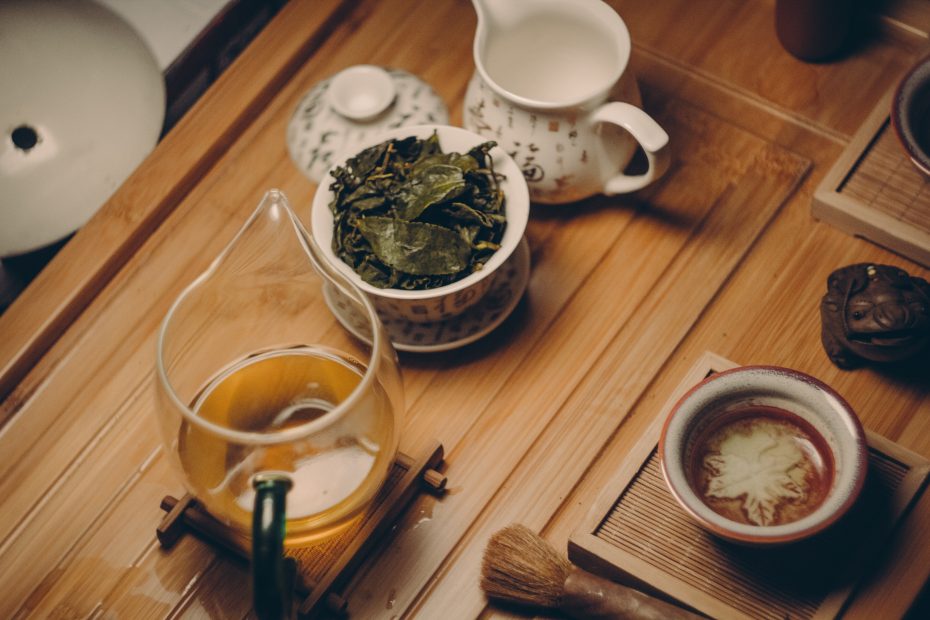Japanese Tea Ceremony: What Is It?
The Japanese tea ceremony, also known as Cha No Yu, Sado, or Chado (“Hot Water for Tea” and “Way of Tea,” respectively) is one of the rituals that most attracts tea lovers and Japan. In recent years it has also taken on various tourist connotations, but a true tea ceremony follows some very specific and meaningful rules.
With this article, we will explore the origins of the tea ceremony and the various moments that make it up.
The history of the tea ceremony
The origins date back to the eighth to ninth centuries AD, with the travels of Japanese Buddhist monks to China. They went to the study religious philosophy, but they also came into contact with the whole Chinese world of tea preparation and consumption. The first utensils dedicated to tea were brought to Japan by the monks themselves, as were also the first leaves and seeds of tea plants.
Tea then entered the monks’ lives, becoming part of the daily routine as an aid to maintaining concentration during long hours of meditation. It was consumed in the Song Dynasty Chinese way: tea leaves were steamed and pressed into tiles, which were then ground. The powder was mixed with water using a bamboo whisk. This procedure has remained in the Japanese tea tradition and specifically in the preparation of matcha, the tea that is served within the ceremony.
The close connection with Zen philosophy went on to greatly influence tea consumption, especially in the wealthier classes. There were many masters, who dictated the most suitable methodology for serving and consuming tea. The most remembered is Sen no Rikyu, famous for his seven rules that underlie the tea ceremony:
- Prepare a good cup of tea;
- Prepare the charcoal to heat the water;
- Arrange the flowers as you found them in nature;
- In summer, bring coolness; In winter, bring warmth;
- In everything, respect the weather;
- Be ready for the rain;
- Be attentive to each of your guests.
According to Sen no Rikyu, the tea ceremony should be a moment charged with harmony, present not only in the décor of the room dedicated to the ritual but also in the closeness between host and guests. This harmony translates into purity, cleanliness, and attention to the participants, for whom the ceremony is organized.
Tea ceremony rooms often bear this phrase: Ichigo ichie, which means “This meeting, just this once.”
This expression underscores the importance of the experience associated with Cha No Yu, unrepeatable as it is unique, in which it is important to pay close attention to the people present and be appreciative of the beauty and uniqueness of the moment.
The stages of the tea ceremony
Cha No Yu is a ritual that lasts for many hours and, depending on who is organizing it, has specific moments to follow.
In the traditional tea ceremony, guests arrive and reach the tea room (chashitsu), and wait in the garden for the host or tea master. In the garden is a spring of water, which is used to rinse and purify before the start. The name for ritual purification is tsukubai.
After that, one enters the tea room and the guests begin to admire the set-up chosen by the master of the ceremony, the tools for preparing tea.
All the items in the room, i.e., utensils, food, and guests, must have their own space so that they can be reached easily by the master. In addition, the utensils should be carefully cleaned, in the spirit of purity underlying the ritual.
Once the ceremony begins, its component moments are:
- Kaiseki
- Koicha
- Usucha
Kaiseki
A small meal served to prepare the stomach for the ceremony and tea consumption. Originally it was a very simple meal consisting of soup and three dishes. Nowadays, Kaiseki is a type of dish consisting of many courses, served in starred restaurants and synonymous with luxury dining. As part of Cha No Yu, it is important that the seasonal freshness of produce is respected, with simplicity and frugality.
During the ritual, the host does not drink or eat, as his only task is to serve and assist the guests.
Koicha
The term means “thick tea” and indicates the consistency of matcha that is served at this stage. The tea is prepared with a larger amount of powder so that the tea is thicker and also stronger. This is served in a bowl, chawan, to all participants, who each take a sip from the same container.
The koicha lasts about 20-30 minutes, a time when no one speaks and not even the host or tea master participates by drinking along with the guests.
Usucha
Stage in which matcha is prepared again, but in the more common way, that is, with the normal amount of water and tea. The result is a tea that can also be found in other contexts outside the ceremony.
At this time, the chawan is passed to the first guest, who drinks all the tea. The cup is again passed to the master, who after wiping it clean with a cloth fills it and passes it to the next guest.
The chawan is also an important element of the ceremony: in fact, like the other objects that make up the decor, the cup is observed by the guests, who compliment the object’s craftsmanship. The same compliments are also expressed for the tea itself, which is usually of high grade.

